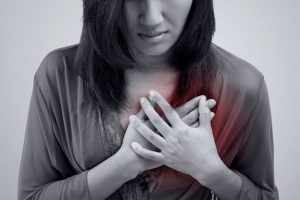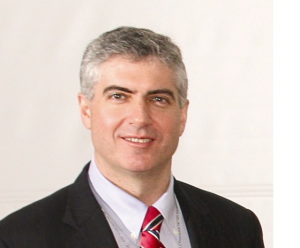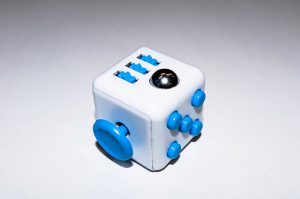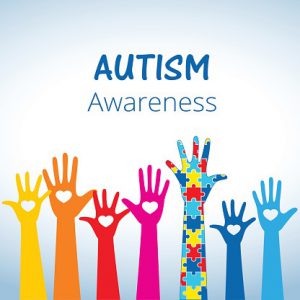Most asthma sufferers are aware of the many potential sources for their condition, but they may not realize one very common disorder that can contribute to the development of asthma – GERD.
Gastroesophageal reflux disease, also known as GERD is a digestive disorder that affects the ring of muscle between the esophagus and stomach. Normally, this ring, which is called the lower esophageal sphincter, prevents acidic stomach juices from flowing back into the esophagus after food enters the stomach.
GERD occurs when the esophageal sphincter is weakened allowing the stomach’s contents to flow up into the esophagus. Heartburn, the most common symptom of GERD, feels like a burning sensation in the esophagus. Many people say it feels like food is coming back into the mouth, leaving a bitter taste.
Research has indicated that GERD can either lead to, or worsen asthma symptoms. In fact, it is estimated that over 75% of patients with hard-to-treat asthma also experience frequent heartburn from GERD.
While the relationship between GERD and asthma does exist, the exact link between the two is unknown. One possibility is that acid reflux irritates the airways and lungs, which affects breathing and makes people more sensitive to outside conditions such as pollution, cigarette smoke, and cold air. Another potential explanation is that a nerve is triggered in the airways when acid enters the esophagus, causing them to narrow in order to prevent acid from entering the lungs.
Doctors most often look at GERD as the cause of asthma when:
- Asthma begins in adulthood
- Asthma symptoms get worse after a meal, after exercise, at night or after lying down
- Asthma doesn’t respond to the standard asthma treatments
For many, treating GERD can help them relieve asthma treatments Thankfully, by simply adjusting lifestyle behaviors, GERD can be controlled. Tips to control GERD include:
- Raise the head of your bed by six inches to allow gravity to help keep down the stomach’s contents
- Eat meals at least three to four hours before lying down
- Eat smaller meals with moderate portions of food
- Maintain a healthy weight
- Limit consumption of chocolate, peppermint, coffee, tea, colas, alcohol, tomatoes and citrus fruits or juices, all of which can contribute additional acid that can irritate the esophagus
- Give up smoking, which relaxes the lower esophageal sphincter
- Wear loose belts and clothing
In addition, your doctor can recommend over-the-counter treatments or prescribe medications to relieve GERD symptoms.
Flushing Hospital’s Ambulatory Care Clinic offers many specialty services to treat a variety of pulmonary and digestive disorders. To make an appointment, please call 718-670-5486.
All content of this newsletter is intended for general information purposes only and is not intended or implied to be a substitute for professional medical advice, diagnosis or treatment. Please consult a medical professional before adopting any of the suggestions on this page. You must never disregard professional medical advice or delay seeking medical treatment based upon any content of this newsletter. PROMPTLY CONSULT YOUR PHYSICIAN OR CALL 911 IF YOU BELIEVE YOU HAVE A MEDICAL EMERGENCY.










